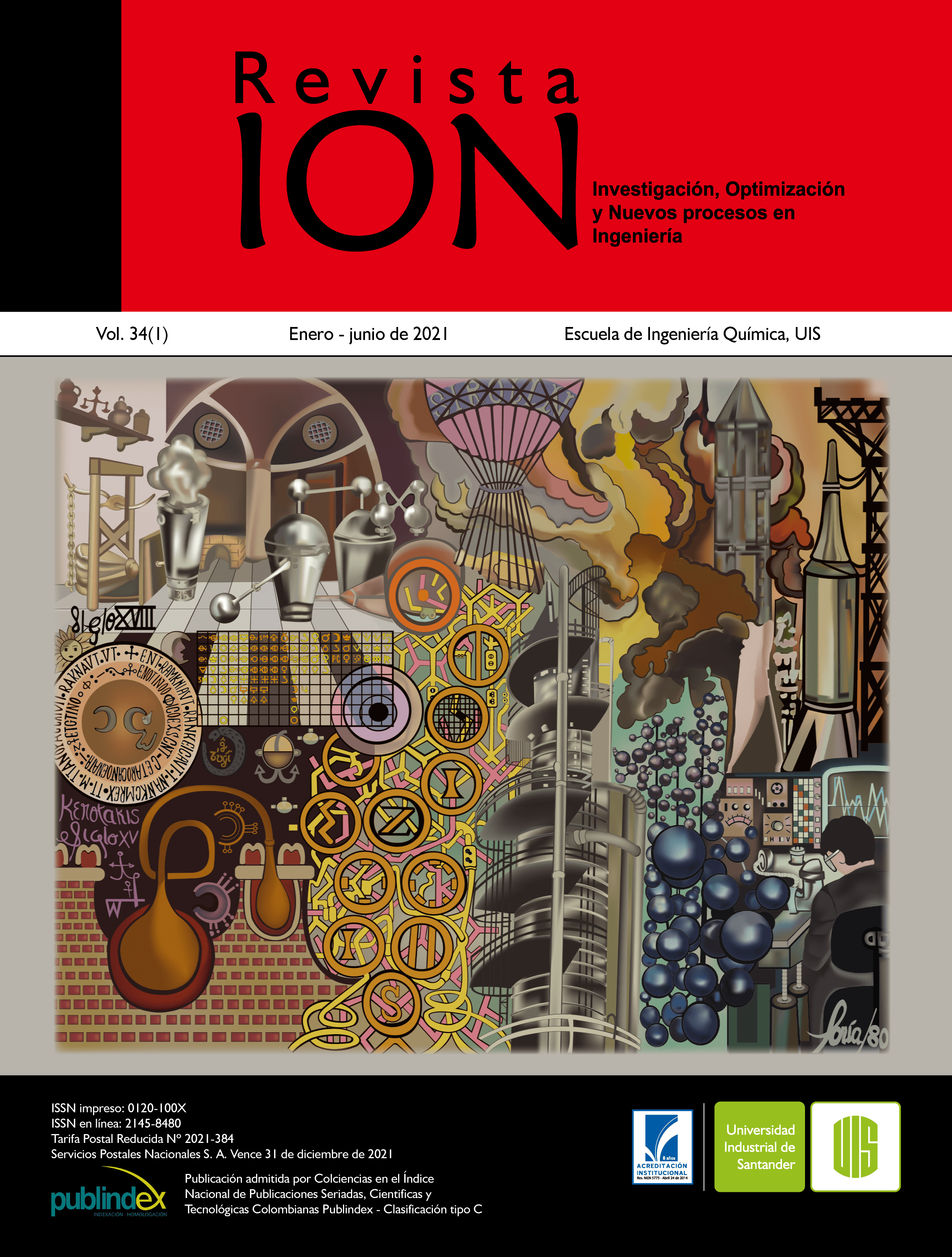Study of the effect of sericin coatings extracted from Bombyx mori silkworm cocoons on fruit degradation
Published 2021-05-25
Keywords
- Silk,
- Sericin,
- Coatings,
- Pathogens,
- Degradation
How to Cite

This work is licensed under a Creative Commons Attribution 4.0 International License.
Abstract
Post-harvest fruit production losses are caused by spoilage, infestation and microbial attack. The use of coatings allows to increase the time of conservation of the fruits, these work as a barrier. In this project, sericin coatings extracted from the Bombyx mori silkworm were produced. The process of extraction of sericin was carried out using an aqueous solution of sodium carbonate and later a process of dialysis was carried out in order to eliminate the salts present in the solution, the coatings were made using different techniques of impregnation. The effect of the sericin coatings on the degradation of strawberries and bananas was evaluated; a control sample was taken for both bananas and strawberries, these controls had the same pre-treatment but no coating was applied to them, the fruits were impregnated with layers of the sericin solution until their surface was completely covered, this process was done in one to four layers. They were stored for 5 days, and the temperature and humidity of the experimental site were monitored daily. The technique by immersion generated excess humidity on the surface of the fruit, generating that the fruit ripens faster, and different microorganisms appeared, comparing the two types of techniques it was evident that those made by brushstroke present better results, however when increasing the number of layers there was presence of pathogens, it was verified that the sericin is an alternative for the development of coatings.
Downloads
References
[2] Moncayo Martinez DC. Desarrollo de un recubrimiento comestible a partir de un biopolímero para prolongar la vida útil de frutas frescas (Tesis de maestría). Bogotá, Colombia: Universidad Nacional de Colombia; 2013.
[3] Aiko H. Gusanos de seda modificados genéticamente para desarrollar medicamentos. 2013. [Enlinea]. Available: https://www.nippon.com/es/features/c00508/. Acceso 13 de marzo 2018.
[4] Zhang YQ. Applications of natural silk protein sericin in biomaterials. 2002;20(2):91-100.
[5] Roy Choudhury AK. Finishes for protection against microbial, insect and UV radiation. in Principles of Textile Finishing, 2017.
[6] Tsubouchi K, Igarashi Y, Takasu Y, Yamada H. Sericin enhances attachment of cultured human skin fibroblasts. Biosci., Biotechnol., Biochem. 2005;69(2):403-405.
[7] Aramwit P, Sangcakul A. The effects of sericin cream on wound healing in rats. Biosci. Biotechnol. Biochem, 2007.
[8] Aramwit P, Kanokpanont S, De-Eknamkul W, Srichana T. Monitoring of inflammatory mediators induced by silk sericin. J. Biosci. Bioeng. 2009;107(5):556-561.
[9] Correa EE, Lopera DOG, Restrepo SG, Ossa- Orozco CP. Effective sericin-fibroin separation from Bombyx mori silkworms fibers and lowcost salt removal from fibroin solution. Rev. Fac. Ing., Univ. Antioquia. 2020;(94):97-101.
[10] Miguel GA. Extracción de sericina proveniente del proceso de desengomado de la seda, para su aprovechamiento como ingrediente para el desarrollo de alimentos funcionales, 2014: 57.
[11] Lopez CA.Caracterización de sericina obtenida a partir de aguas de desengomado de seda natural. Prospectiva. 2013;11(2):7-12.
[12] Koike T, Mark B. El Moho Gris o Pudrición de Fresa. United States: California Strawberry Comission; 2016.
[13] Fraire Cordero ML. Hongos Patógenos en Fruto de Fresa (Fragaria x ananassa Duch.) en Postcosecha. Rev. Mex. fitopatol. 2003;21(3):285-291.
[14] Mosquera Sánchez S, Barco Hernández P, Burbano Delgado A, Medina M, Villada Castillo H. Efecto de recubrimiento natural y cera comercial sobre la maduración del banano (musa sapientum). Biotecnol. Sect. Agropecu. Agroind. 2009;7(2):70-76.

